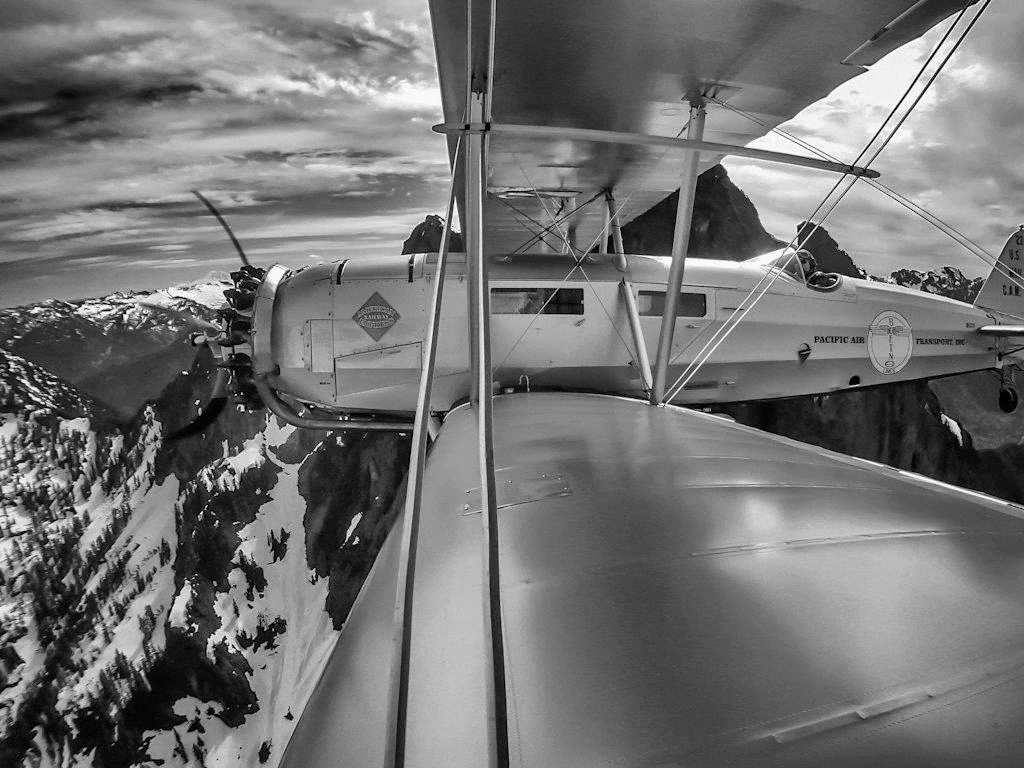There is little doubt that R. T. Freng’s heroic actions on the evening of March 11, 1929 saved the life of K. A. Kennedy. Freng, with the assistance of a couple of local men, pulled Kennedy from the burning wreckage of the Boeing Air Transport B-40 bi-plane they were flying after crashing on a snow-covered hillside above Woodside Avenue in old town Park City. Freng’s training and experience as a pilot had prepared him well for just such an emergency.
On July 24, 1919, nineteen year old Norwegian immigrant Ragnar Torkil Freng, enlisted in the U. S. Army Air Service as a flying cadet at Post Field, Fort Sill, Oklahoma. He was discharged as a second lieutenant two years later, taking his acquired flying expertise into the fledgling aviation business. He is credited with flying the first commercial passenger plane in aviation history in 1922. In 1925 the United States Forest Service appointed Freng as the first forest fire patrol pilot for eastern Washington, northern Idaho and western Montana.
The Boeing Air Transport Company (BAT) was founded in 1927 when the federal government began contracting airmail business to private companies. R. T. Freng joined BAT and was one of the first to fly the original air mail route between Oakland and Chicago.
Airmail service saved one day over regularly-scheduled trains, which to some people—such as bankers—was important. K. A. Kennedy, as the Vice President of General Mortgage Company of Oakland, California was experienced in the details of the mortgage loan business. He engaged in the business of lending money on improved real estate in northern California. K. A. Kennedy was en-route to Europe on business, flying as a passenger on the airmail transport plane Freng was piloting on March 11, 1929.
Kennedy, knocked unconscious in the crash, was rescued, along with Freng, from the burning wreckage by Percy Williams, Klyde Peterson, Jack Mitchell, and Ernest Lange. He suffered only a broken foot, treated at the Miners Hospital.
Six months later, the Boeing School of Aeronautics opened with K. A. Kennedy as manager and director of the school’s extension and research department. In 1931 Boeing Air Transport and several other companies combined to form United Airlines. As the general traffic manager of United, Kennedy was involved in the purchase and organization of the airline’s transcontinental flights in 1933. R. T. Freng was United’s Chief of Flying.
Freng pioneered the technique of instrument landings. Seven years to the day after the Park City crash, he made the first successful instrument landing by autopilot. He is said to have made more instrument landings than any other pilot in the world. He logged 24,000 hours of commercial flights and served 25 years as pilot for United before dying of cancer on July 9, 1952.
K. A. Kennedy was named division traffic manager of Pan American Airways in May 1935. On July 29, 1938, his Hawaii Clipper disappeared after leaving Guam for Manila. Kennedy and fourteen others on board were never heard from again.

Credit: Courtesy of Addison Pemberton